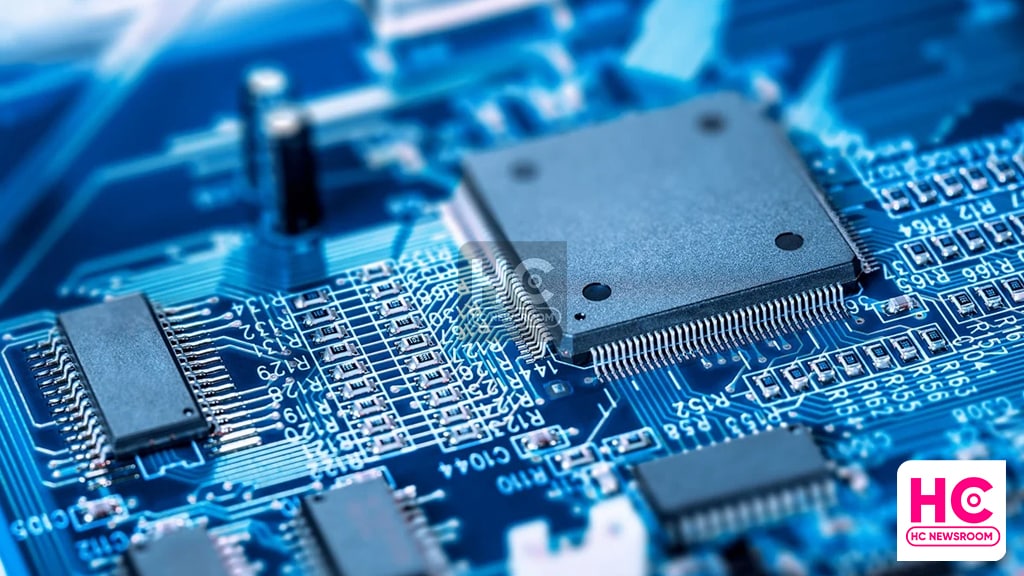News
Huawei is building its own semiconductor ecosystem: Report

In the past year, Huawei ramped up efforts to explore the semiconductor world to build its own semiconductor ecosystem, reveals a new report.
Digitimes reports, Huawei is making a low-key entry into multiple semiconductor segments to build its own semiconductor ecosystem. In order to do so, Huawei is now making long-term agreements with equipment and materials suppliers from Taiwan. This is quite interesting development but there are no specific details revealed about the suppliers.
Ban and Progress:
In 2019, Huawei was added to U.S. Entity List, a program to ban the company. This restricts Huawei from accessing core U.S.-made technologies. The ban severely affected various businesses including telecom and smartphones.
In 2020, the U.S. blocked Huawei’s reach for chipset and restricted the ability to print designs with companies such as TSMC. This led Huawei to drop manufacturing of new Kirin smartphone chipsets.
That’s not it, US regime also tightened curbs on the Chinese semiconductor industry. In October this year, major Chinese companies were banned by the Biden administration citing national security risks.
Huawei is Preparing:
Despite being attacked, Huawei is continuously ramping up research and development on various technologies. Huawei increased R&D spending to 142.7 billion yuan ($20.65 billion) last year, which is equal to 22.4% of its total revenue.
The Chinese tech maker is expanding partnerships with other home ground semiconductor players and building producing facilities in various areas including – Qingdao, Beijing, and Wuhan.
It is a key base for developing silicon carbide chips, a type of power semiconductor that future cars will need in massive quantities.
On the flip side, Huawei is recruiting new global talent specialized in developing power semiconductors, in which, German chipmaker Infineon Technologies is the top player. Adding to this, Huawei is also looking for experts in central processing unit architecture.
Coming to China, Huawei is hiring processor chips, radio frequency components, and analog chips, as well as chip-packaging design and testing experts in Xi’an, Chengdu, Nanjing, Shanghai, Wuhan, Hangzhou, and Shenzhen.
A report from NikkeiAsia reveals that Huawei is focusing on breakthroughs and not the cost of the breakthrough itself.
Currently, the aim is to progress in the production of core chips for telecom base stations, surveillance cameras, automotive applications, and smartphones as soon as possible. Huawei is also pursuing rebuilding its whole supply chain. This includes manufacturing, packaging, and stacking, as well as chipmaking materials and equipment.
Analysts:
However, Industry analysts have their own opinion on this matter.
“It’s almost impossible that a complete semiconductor supply chain could be built all by one country without foreign help. It may need some political negotiations after all,” said Bernstein Research’s Li.
Conclusion:
The question is when Huawei will complete its own chipset ecosystem. The answer to that question depends on time because it’s a crucial element in the research and development of any technology. As for now, none of this information has been confirmed by Huawei via official channels.







